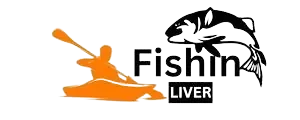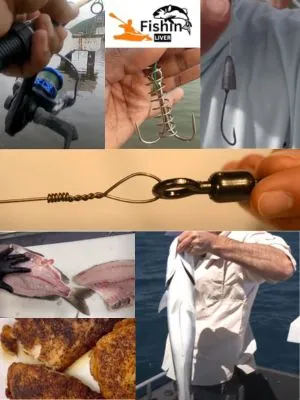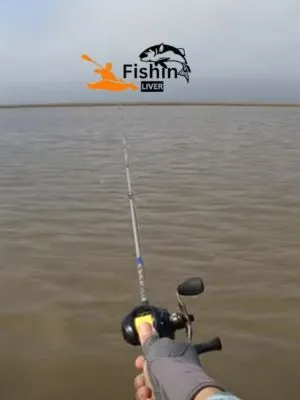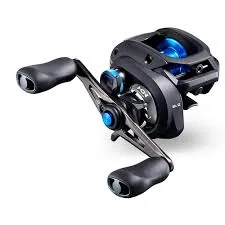
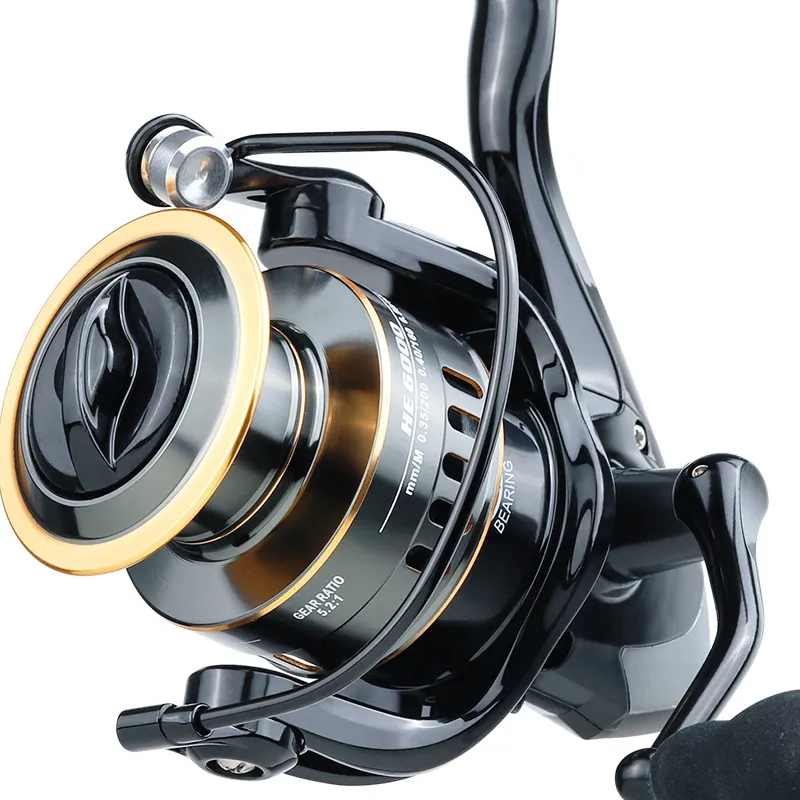
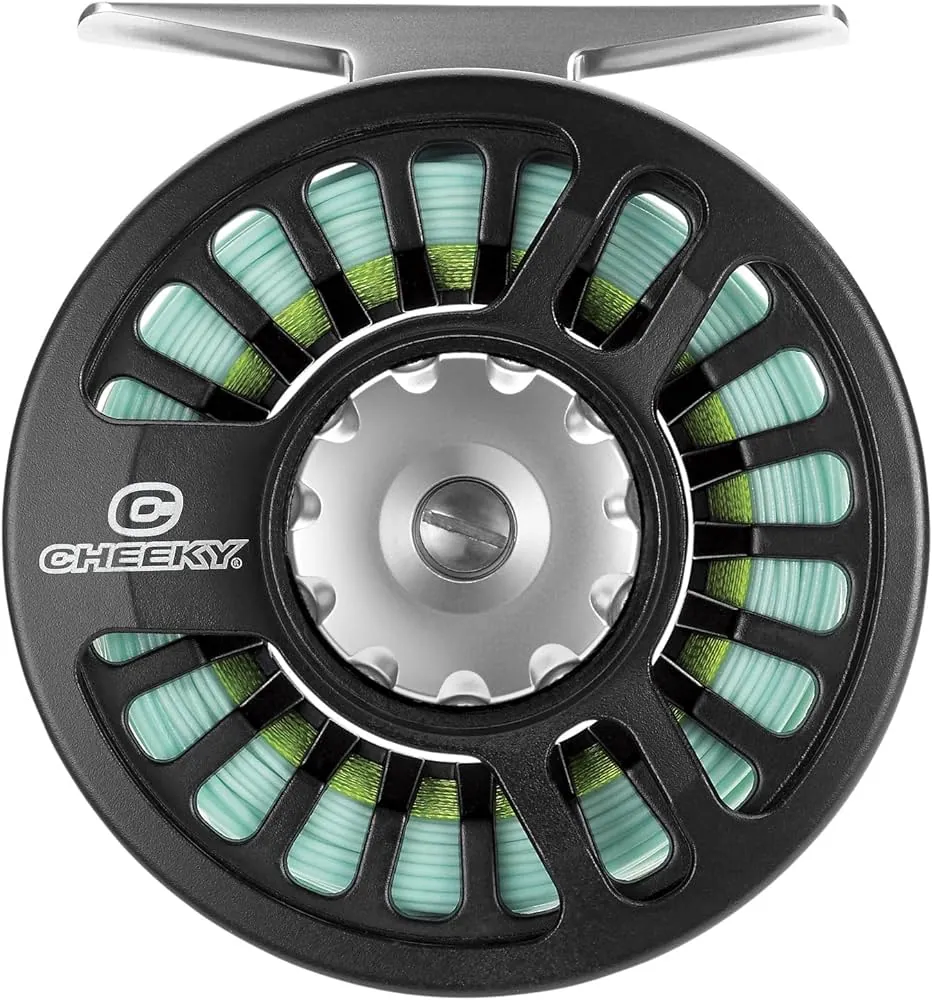
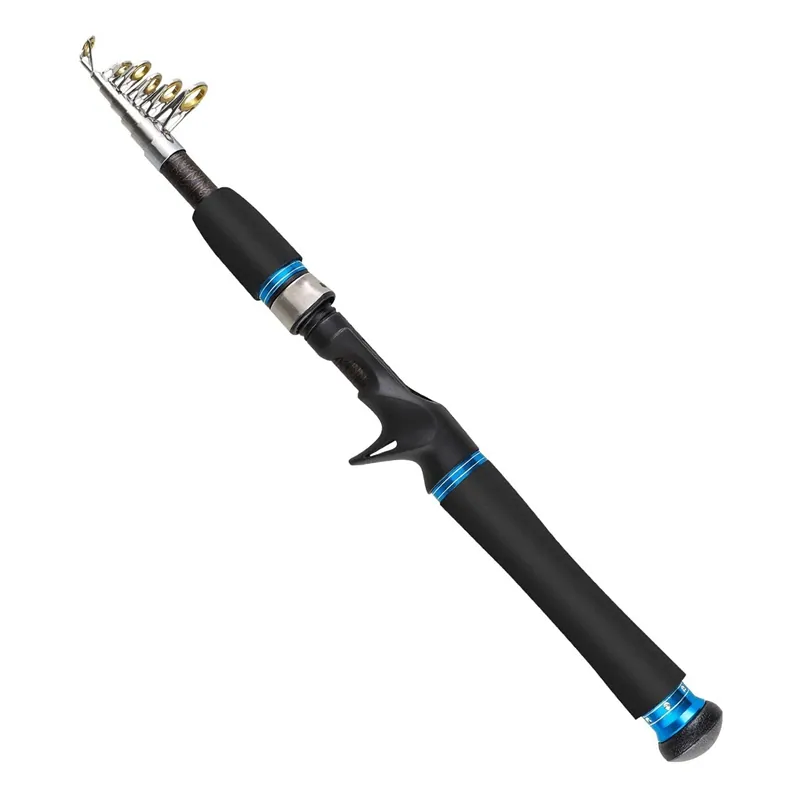
Selected Works for fishing information
Curated Collection of Fishing Resources
Latest Post
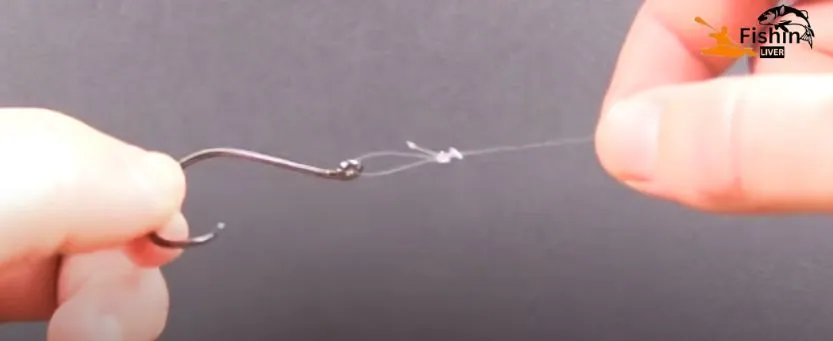
Loop to Loop Knot: Essential Fishing Technique
Fishing is a hobby for many avid anglers and a great way to make the most of life. If you want to immerse yourself in the sport of fishing. So the method of tying knots is the most important and necessary to make your fishing versatile. Loop-to-loop knots stand out among the many knots used…
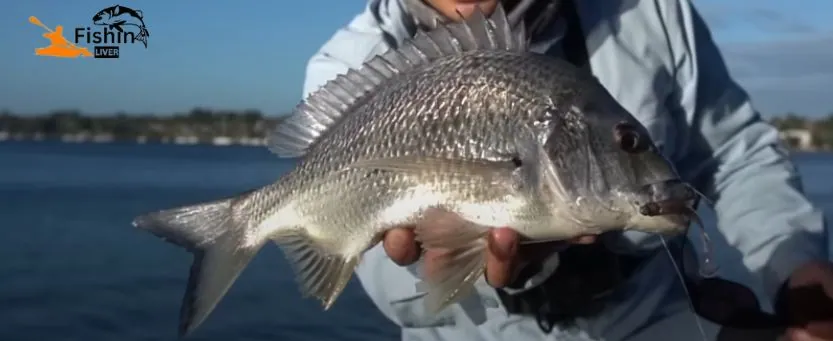
Fishing After Rain: Tips for Successful Angling
Anglers looking for the best fishing opportunities and challenges should try fishing after the rains. Fishing after rains adds new experiences for anglers. Rain changes water clarity and stimulates feeding activity in fish. Understanding how rain affects fish behavior and adopting the right strategy is essential to increasing your chances of success in fishing after…
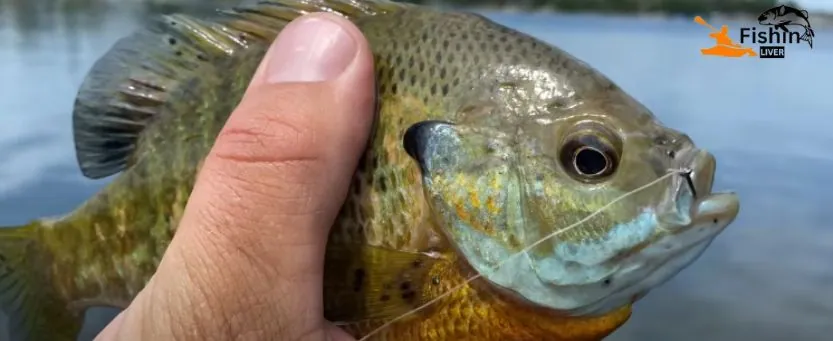
Are Bluegill Good to Eat? Culinary Insights
Bluegill is a popular freshwater fish found across North America. It is popular among anglers due to its spirited fight. Food enthusiasts love bluegill for its delicious taste. Before making bluegill a delightful meal, it is essential to understand the nuances of its use. A question often asked is if can you eat bluegill; the…
